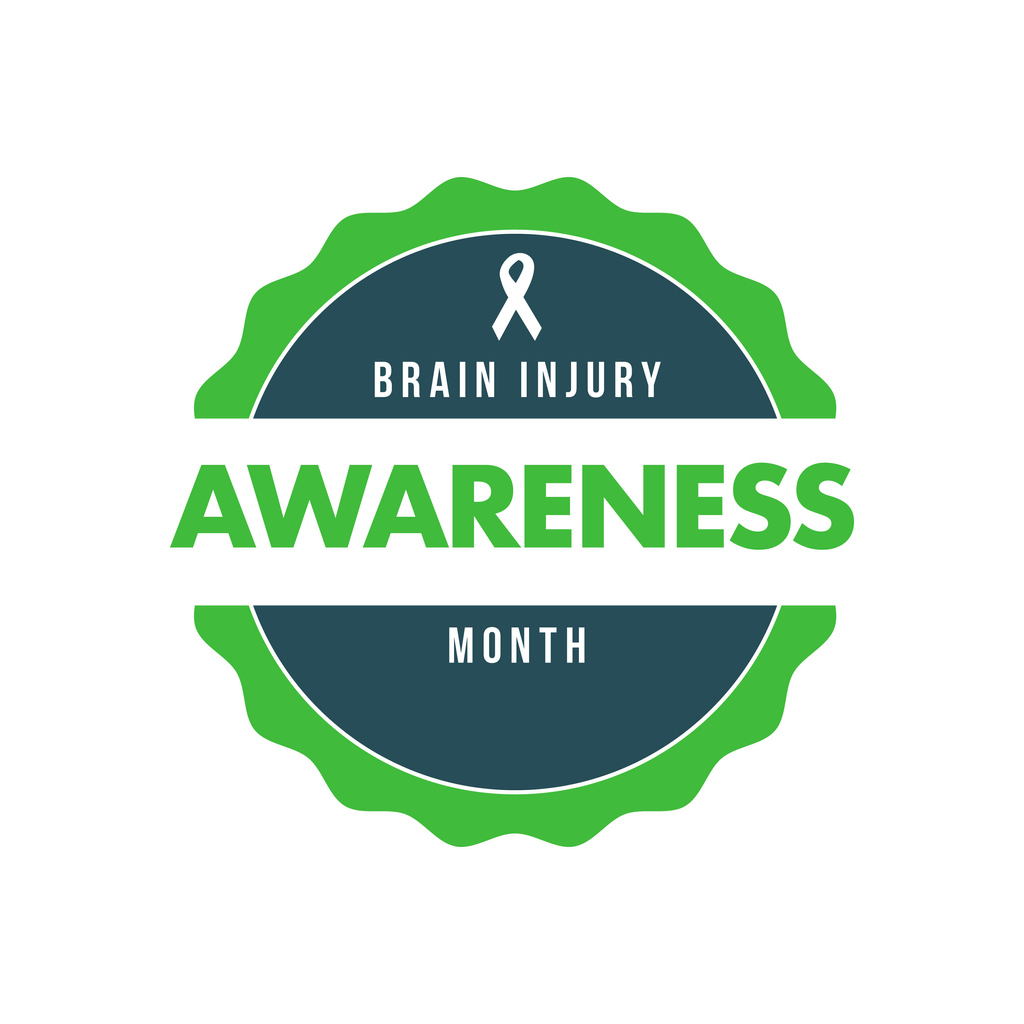Commitment + Clinical Leadership = Better Outcomes

Brain Injury Awareness: Learn About Brain Injuries
Did you know that brain injuries are a leading cause of disability and death in the United States? At least 2 million people sustain a traumatic brain injury each year.1
March is Brain Injury Awareness Month. Take the time to learn more about different brain injuries, the symptoms of brain injuries, and how you can spread awareness this month.
Types of Brain Injuries
When it comes to brain injuries, there are different types and causes.
An acquired brain injury (ABI) is a brain injury that is not hereditary, congenital, degenerative, or induced by birth.1 ABIs fall into two categories:
- Traumatic brain injury (TBI) – this is an alteration in brain function due to trauma or an external force.
- Non-traumatic brain injury – this is damage to the brain by internal factors such as lack of oxygen, pressure from a tumor, or exposure to toxins.
Brain injuries can have different levels of severity, including:
- Mild concussion. Concussions are the most common type of brain injury, and make up 3 out of 4 brain injuries each year. People with mild concussions might experience confusion for a day or loss of consciousness for less than 30 minutes.
- Moderate TBI. This type of traumatic brain injury is accompanied by loss of consciousness for longer than 30 minutes.
- Severe TBI. These injuries typically indicate changes to the brain on a MRI or CT scan, and can cause individuals to lose consciousness for over a day.2
Causes of a Brain Injury
There are many accidents that can cause a brain injury. Some of the common causes resulting in a brain injury include:
- Falls
- Sports injuries
- Vehicle crashes
- Being hit by an object
- Abuse3
While some of these causes are preventable, accidents can happen that are out of your control. If you’re concerned about your risk of sustaining a brain injury, talk with your doctor.
Symptoms of a Brain Injury
The symptoms of a brain injury will vary depending on how severe the injury was that occurred. People may notice symptoms right away or lose consciousness, while others may not notice symptoms until they try to return to their normal lives with school or work.
Some common symptoms of a brain injury include:
- Confusion
- Memory issues
- Dizziness or fainting
- Seizures
- Headache
- Nausea or vomiting
- Sensitivity to light
- Slurred speech
- Sleeping too much or too little2
Diagnosing a Brain Injury
Many times, head and brain injuries are an emergency and require immediate medical attention.
There are a few ways doctors will check for a brain injury before properly diagnosing.4
- Medical examination – This is when doctors will ask questions about the incident, how it occurred, and if the person lost consciousness.
- Glasgow coma scale – This test checks a person’s ability to follow directions, as well as if they’re capable of moving the eyes and body. Speech can also be an indicator of a TBI in this test.
- Imaging tests – Imaging tests are commonly used to check the head and brain. A CT scan will be used to look for fractures or bleeding in the brain, blood clots, bruised brain tissue, or swelling. A MRI will be used if symptoms are not improving.
How to Prevent Brain Injuries
Although some cases are unpredictable and out of your hands, there are some ways you can help protect yourself and prevent possible brain injuries.
Follow these tips to prevent traumatic brain injuries:
- Wear a helmet when needed. This includes when riding a bike, riding a horse, playing a contact sport, skiing, and snowboarding.
- Buckle up. Make sure to always wear your seatbelt to protect yourself in case of a car accident.
- If you have children, make sure the living and play spaces are safe. Use safety gates, cushioned material on the floor, and any other tool that will help prevent falls and injuries in children.5
- Prevent falls in older adults. Seniors may be more at risk for falls. If you have an older loved one, talk with them and their doctor on falls prevention and safety measures.6
Recovery Following a Brain Injury
Taking the time to recover after a brain injury, no matter how severe, is incredibly important. Depending on the injury, doctors will advise their patient on the appropriate steps towards recovery.
Rehabilitation is common following a traumatic brain injury. Some individuals need physical, occupational, or speech therapy, while others may need help in all areas.
Rehabilitation can help following a brain injury by:
- Improving the ability to function, especially at work or school
- Helping to treat any physical problems following a brain injury
- Helping to treat any mental problems following a brain injury
- Adapting to changes that occur during the recovery process7
Another reason why rehabilitation is necessary is because it can help prevent complications that occur with brain injuries such as pain, pressure ulcers, blood clots, breathing problems, and muscle weakness.
Support Brain Injury Awareness Month
Educate yourself about brain injuries and how you can help prevent them. Click here to learn more about how you can get involved and raise awareness this month.
Saber Healthcare is an organization dedicated to providing consultant services to long term care providers. This article is for informational purposes and is not meant to be seen as professional advice. Please consult with a medical expert before relying on the information provided.
Sources
- https://www.biausa.org/public-affairs/public-awareness/brain-injury-awareness.
- https://my.clevelandclinic.org/health/diseases/8874-traumatic-brain-injury.
- https://medlineplus.gov/traumaticbraininjury.html.
- https://www.mayoclinic.org/diseases-conditions/traumatic-brain-injury/diagnosis-treatment/drc-20378561.
- https://www.cdc.gov/traumatic-brain-injury/?CDC_AAref_Val=https://www.cdc.gov/traumaticbraininjury/prevention.html
- https://www.saberhealth.com/news/blog/how-to-prevent-falls-in-seniors.
- https://www.hopkinsmedicine.org/health/treatment-tests-and-therapies/rehabilitation-after-traumatic-brain-injury.
